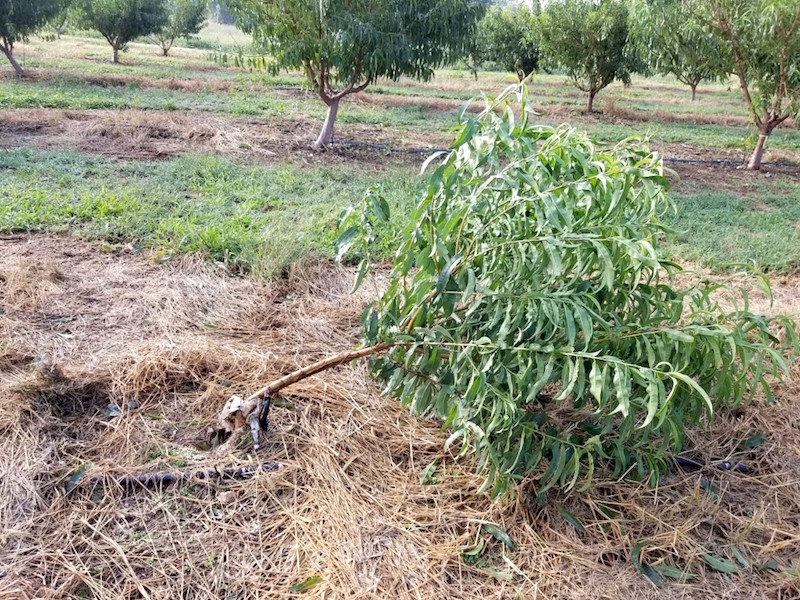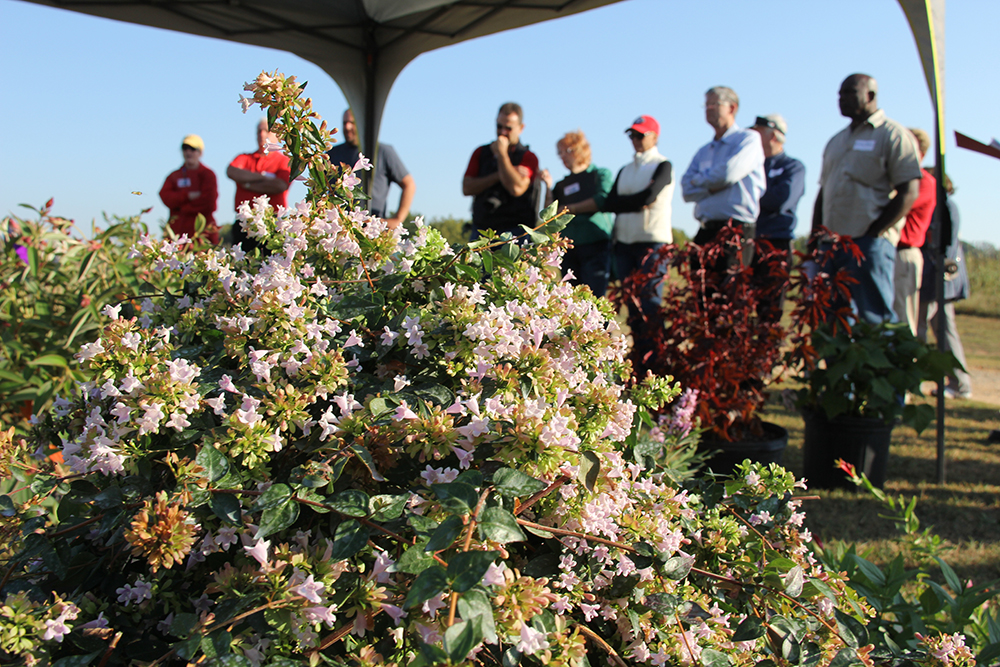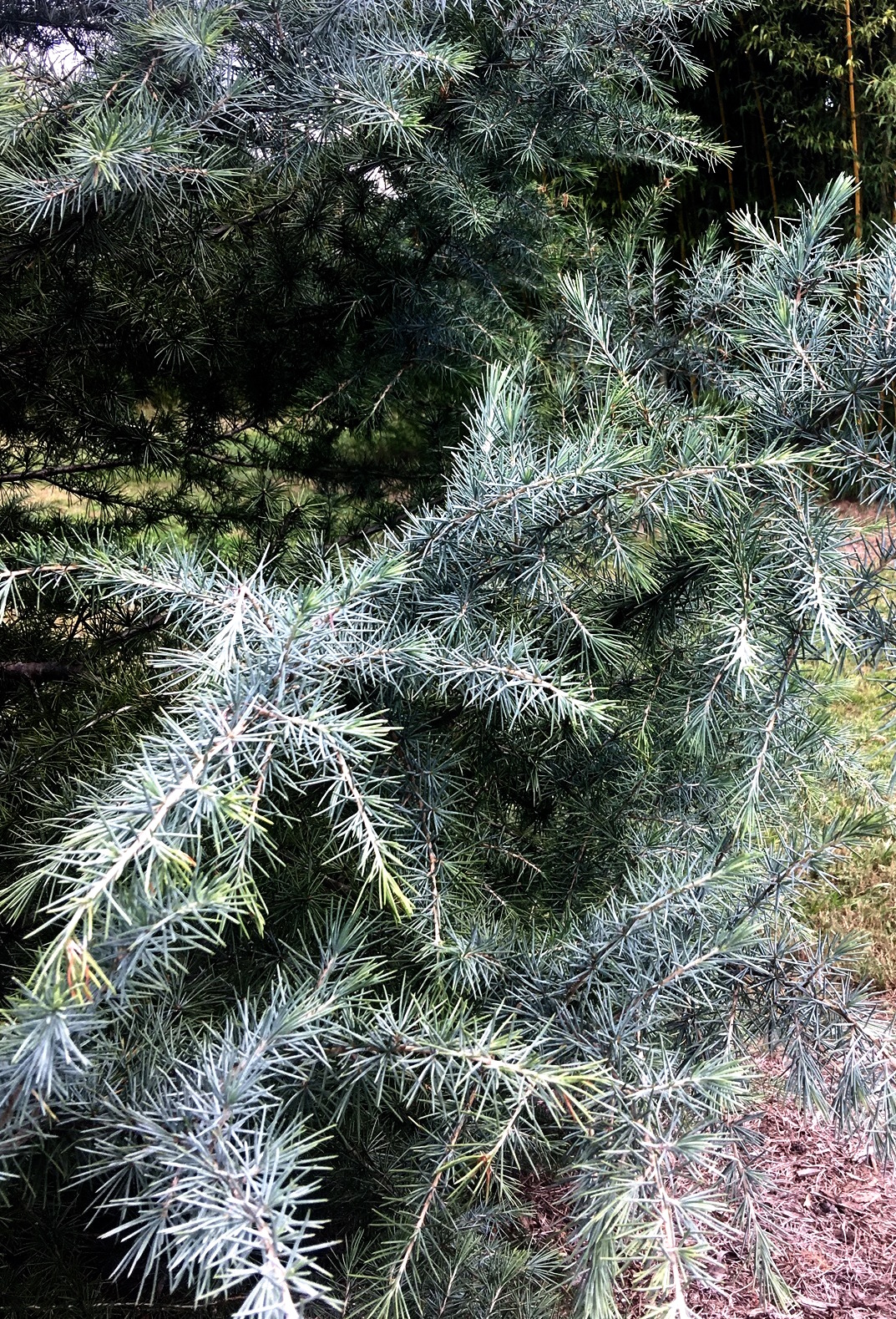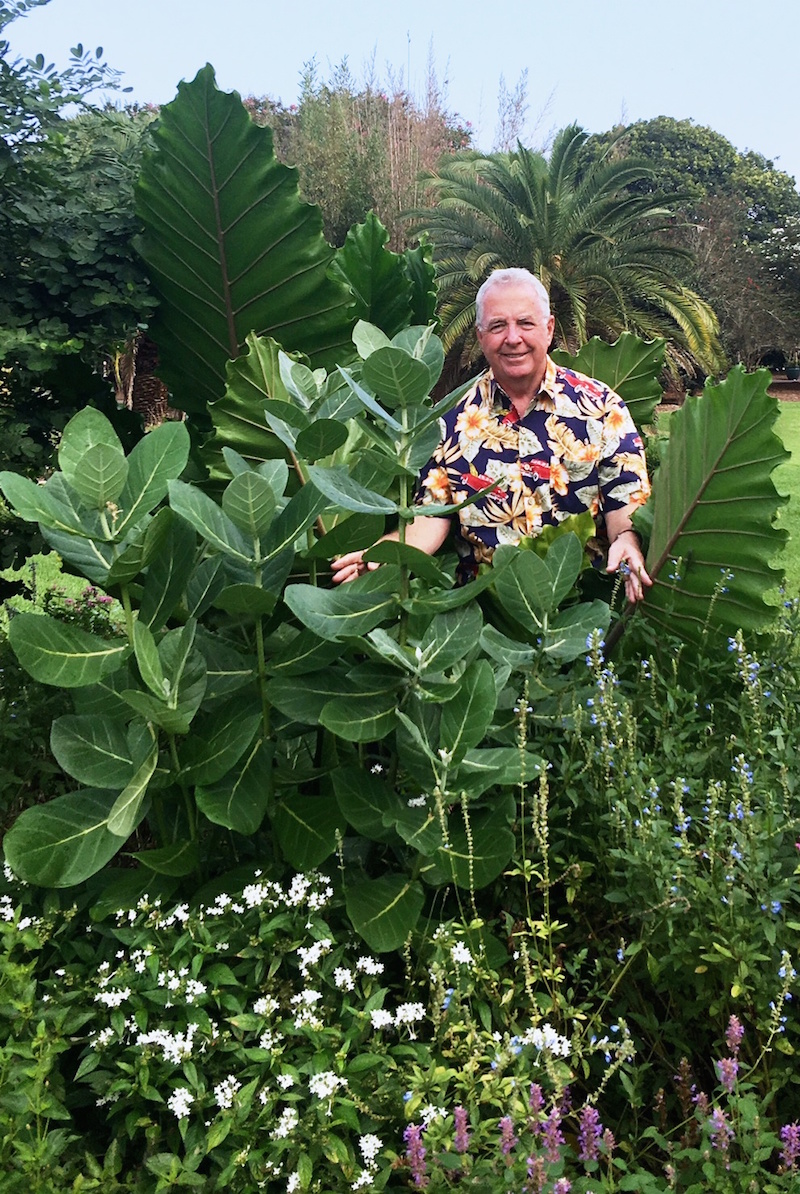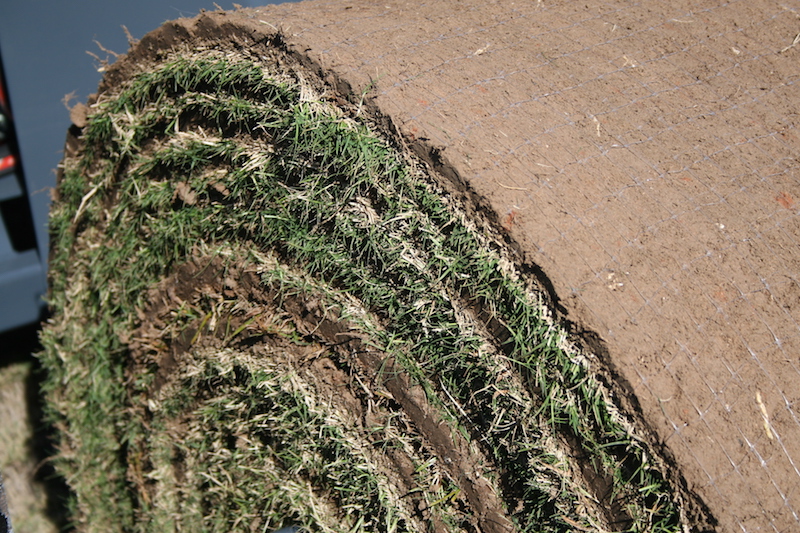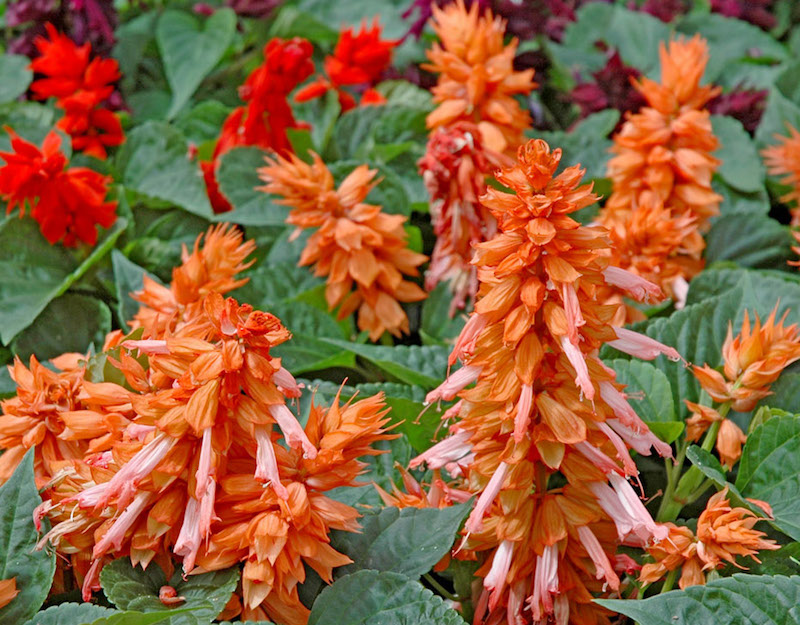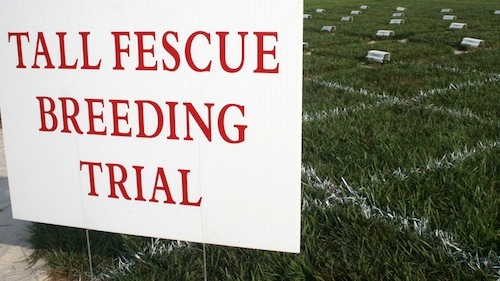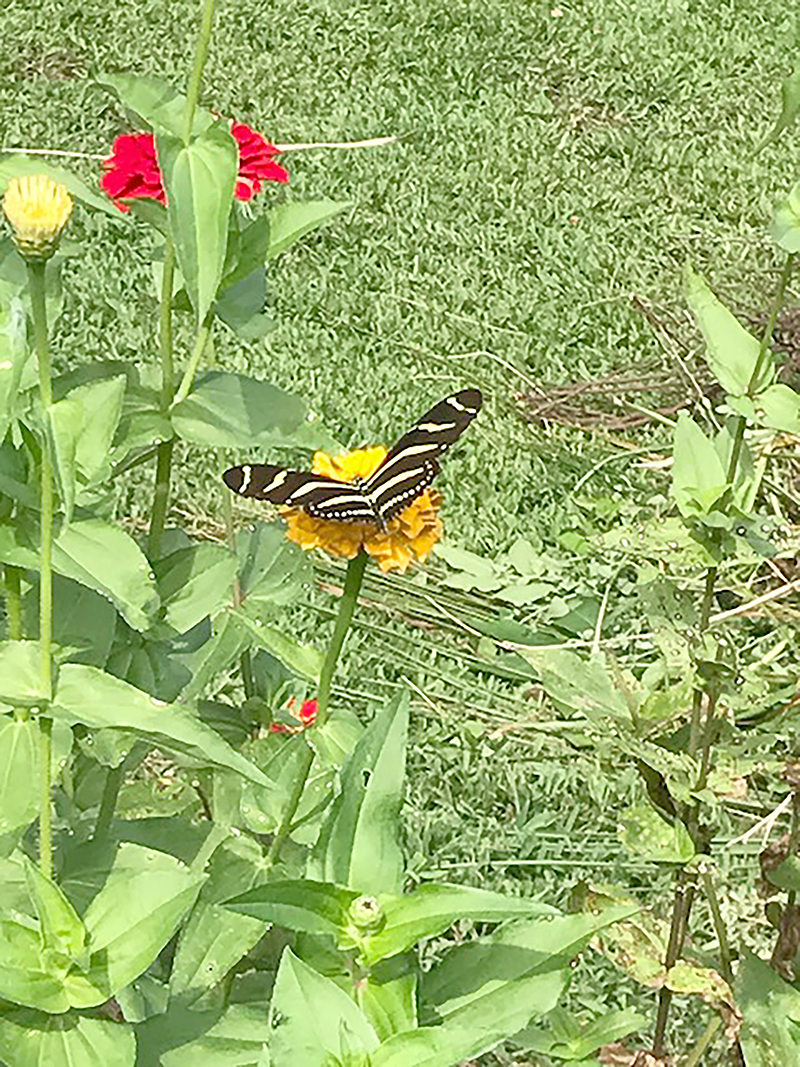 CAES News
CAES News
Presidential Garden
Earlier this spring, representatives for former first lady Rosalynn Carter sought help from the UGA College of Agricultural and Environmental Sciences. UGA Cooperative Extension’s Master Gardener Extension Volunteers, who are trained to help UGA Extension staff deliver research-based information about gardening and related topics to the public, began work on the project.

